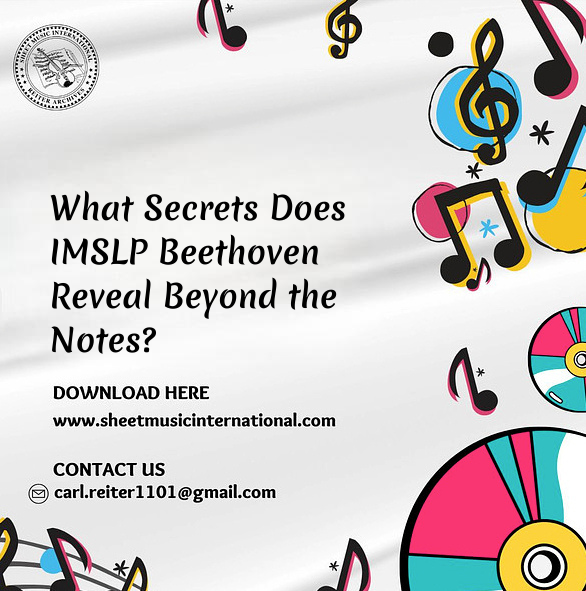
Your Request is under process, Please wait.

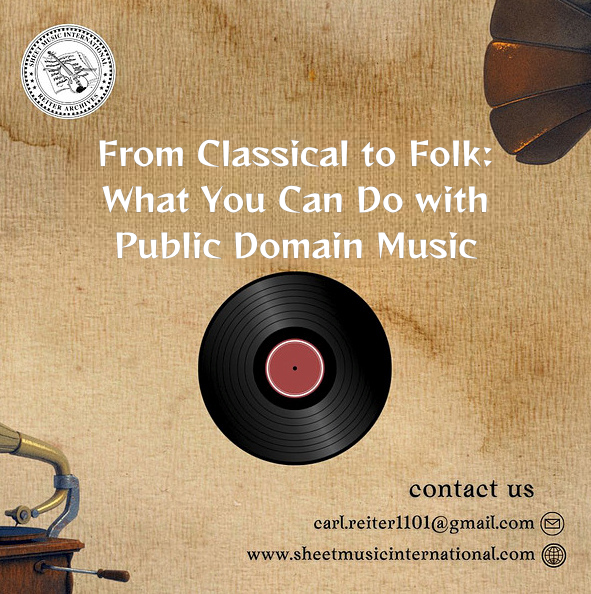
There is a broad spectrum of music available to anyone who cares to venture beyond commercial catalogs. Public domain music provides its own special type of liberty that can be adapted without hindrance. These are pieces no longer protected by copyright. They’re available for anyone to use, from classical and folk genres, and in particular, they offer a rich collection of public domain works. It remains relevant; in this post, we’ll explore how public domain music can support creative and educational projects.
There is a broad spectrum of music available to anyone who cares to venture beyond commercial catalogs. Public domain music provides its own special type of liberty that can be adapted without hindrance. These are pieces no longer protected by copyright. They’re available for anyone to use, from classical and folk genres, and in particular, they offer a rich collection of public domain works. It remains relevant; in this post, we’ll explore how public domain music can support creative and educational projects.
Public domain music is music that's no longer under copyright. Such pieces are open for anyone to use, either to play, teach, record, arrange, or publish them. You don't have to ask permission or pay royalties. There are some methods by which music becomes public domain:
● Expiration of copyright: In most countries, copyright protection ends a set number of years after the composer’s death. In the United States, for example, most music published before 1929 is now in the public domain.
● Voluntary release: Some composers or publishers choose to release their work into the public domain.
● Lack of renewal: For older works, failure to renew copyright can also result in the music becoming public domain.
Not all “old” music in the public domain needs to be free. Although the actual composition might be in the public domain, later arrangements, engravings, or editions can be copyrighted.It's a good idea to find the source of the sheet music before using it. Perhaps the most reliable source for public domain sheet music is IMSLP (International Music Score Library Project).
It contains a vast repository of classic scores that have been digitized from historical publications. Here at Sheet Music International, we assist musicians through resources like these and aid access to free sheet music that is safe to use. Whether browsing IMSLP or the Musicnotes Public Library, knowing what constitutes public domain is essential to performing music lawfully and creatively.
One of the biggest advantages of public domain music is its flexibility. Once a piece enters the public domain, you're free to use it in nearly any way. This freedom opens up creative opportunities for performers, educators, arrangers, and content creators alike.
You can perform public domain music anywhere, without needing special permissions or paying licensing fees. This makes it ideal for:
● Recitals and concerts
● Community events
● Church services
● Livestreams and public broadcasts
Whether you're a student giving a solo performance or a professional playing for a large audience, public domain music removes the legal barriers that often come with copyrighted works.
Public domain works are a great foundation for new creative projects. You can:
● Arrange classical or folk pieces in modern styles
● Blend genres (for example, turning a Baroque piece into a jazz arrangement)
● Add new harmonies, lyrics, or instrumentation
● Collaborate with others or release your own sheet music editions
Since the original material is not protected by copyright, you can build on it without legal concerns, and even publish or sell your versions.
Teachers can copy, print, and distribute public domain sheet music without restrictions. It’s a practical solution for schools and programs with limited budgets, offering students access to a wide variety of quality repertoire.
Since there are no royalties owed for the composition, you're free to record and distribute performances. Just make sure that any sheet music or arrangements used are also in the public domain, or that you hold the rights to the version you’re recording.
One of the most widely used resources for public domain music is the International Music Score Library Project, better known as IMSLP. Launched in 2006, IMSLP is a digital archive that provides free access to thousands of classical music scores, parts, and recordings from around the world.
The library includes works by composers such as Bach, Mozart, Beethoven, and countless others whose music has entered the public domain. Users can download original editions, historical scans, and in many cases, multiple versions of the same piece.
IMSLP is especially valuable for:
● Musicians seeking original or historical sheet music
● Students needing repertoire for practice or performance
● Teachers building lesson plans or ensemble materials
● Composers looking for inspiration or source material
It’s important to note that while the compositions are in the public domain, some modern editions uploaded to IMSLP may still be under copyright in certain countries. IMSLP flags these cases and restricts access where applicable, but it’s always a good idea to check the copyright status based on your location.
For musicians exploring public domain music, IMSLP is one of the best places to start. It pairs well with curated collections like the Musicnotes Public Library and other tools featured on Sheet Music International, helping users find high-quality, legal, and free sheet music quickly.
Public domain music is a unique blend of artistic liberty and functional usefulness. Whether you're playing a classical composition, arranging a traditional folk song, or working with underprivileged students, its adaptability is unmatched.
With the removal of copyright walls, public domain works extend an open invitation to composers to discover, interpret, and share music on their own terms. It's a free-for-all invitation to compose without restrictions.
It is a wonderful time to begin amassing your own library of public domain music. Investigate reliable sources such as IMSLP, and make the most of carefully curated collections such as the Musicnotes Public Library. When there is so much quality free sheet music out there, the opportunities are limitless.
Begin uncovering what you are able to do with music that is for everyone.

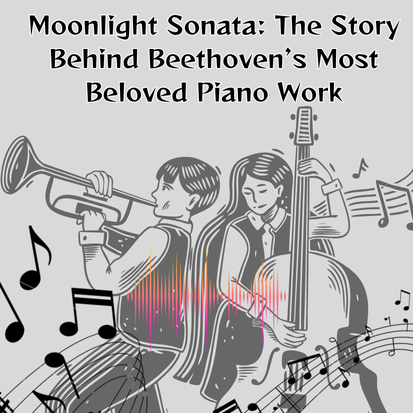
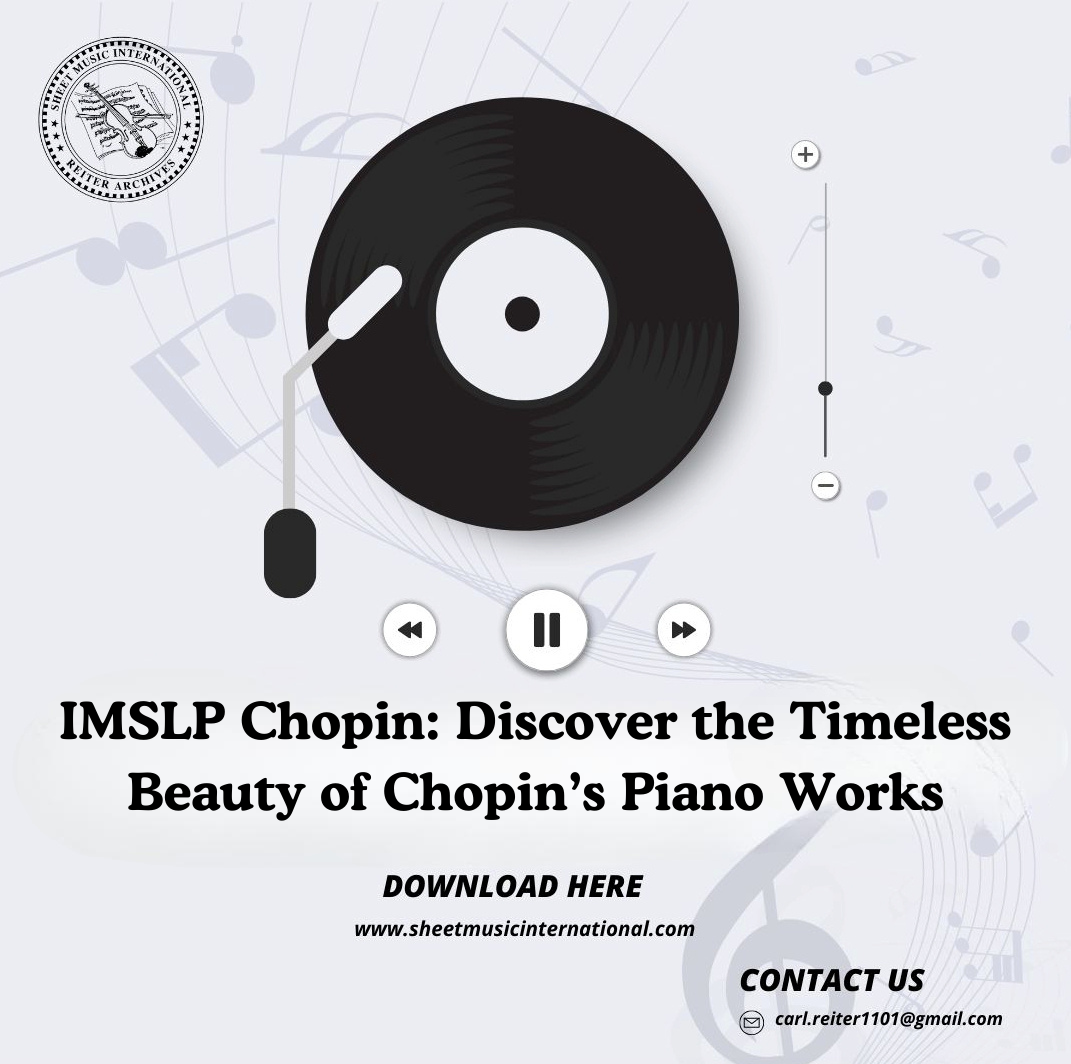
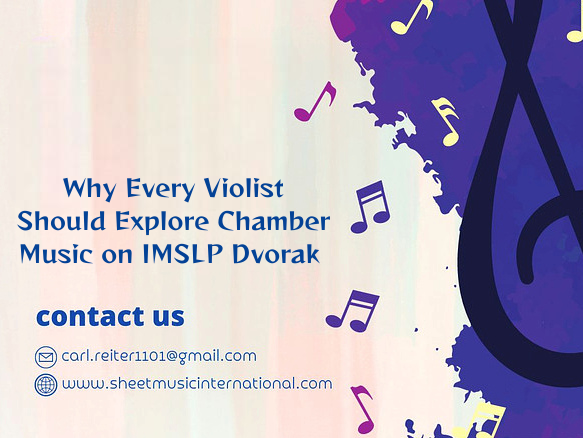

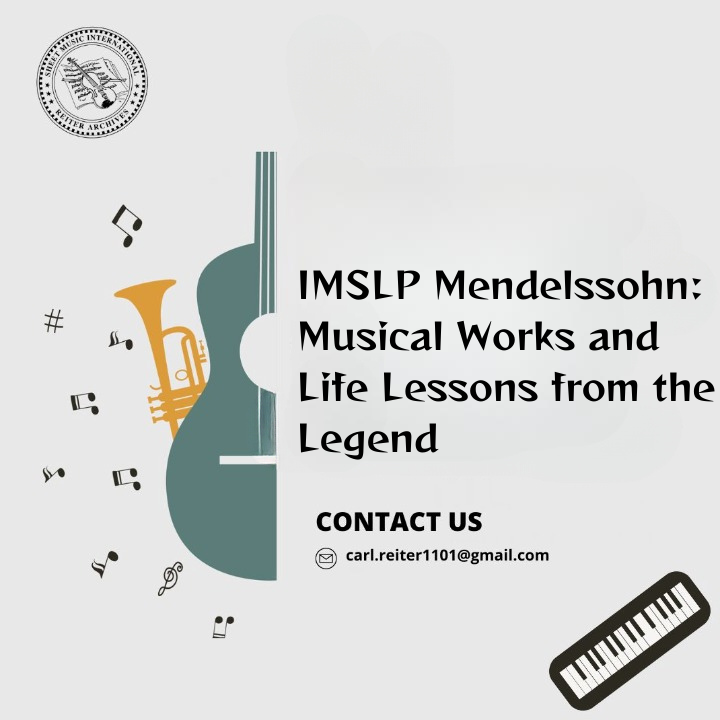
.png)
